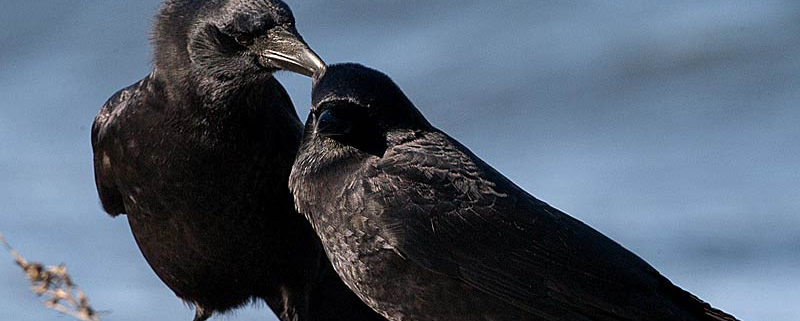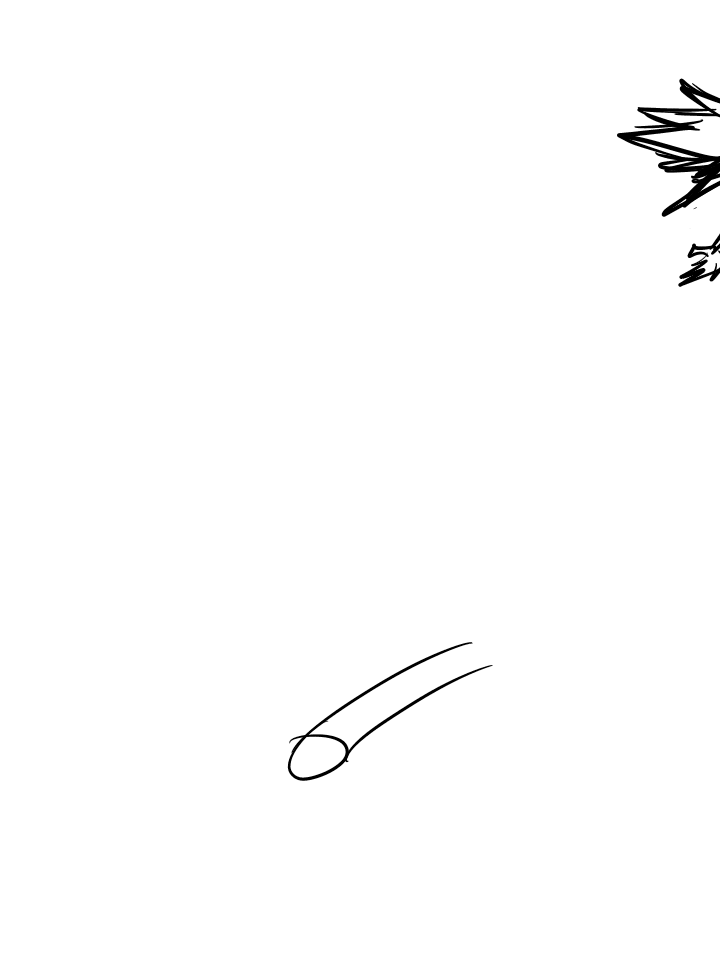Northwestern Crow
Scientific name: Corvus caurinus
Author and animation by Ares Bach
Photo courtesy of Mike Yip
Overview
The crow is a member of the family Corvidae; a prolific family with over forty different species that range around the world, predominantly in Asian countries. Crows are actually one of the most intelligent animals in the entire world, carrying encephalization similar to some non-human primates; not only do crows work around using specific tools to assist in getting a job done, or make a scenario easier to benefit themselves, but they also use it to assist in construction. Crows have the ability to remember a human face for up to thirty years, as well as pass off the information of that specific individual down to their offspring. Crows also tend to mourn their passing brothers with a stick or other object to represent a grave of sorts.In 80% of all nests observed, older siblings of the mother will assist in raising a newborn, usually by procuring food. In addition to this, The fearlessness of crows renders them a very brave animal. They will even go to extents of chasing eagles away, factoring in the nine times size difference, although crows will generally attack prey in murders or cliques, due to it being quick and efficient.
Features
Some identifying features of the crow would be the bearing black cape of pointy feathers that glide down their sides in a sharp line of spears, their good posture, short pointy beak, and beady eyes. The weight of a common American Crow rounds to about 320 – 620 grams, with an average height of 45 centimeters; however, some other crows, like the Fish Crow for example, measure in around the 50 centimetre mark
Habitat
Crows can be found all over the world, but are primarily found in parts of Asia and North America. Crows and ravens prefer to be in open areas, such as open agricultural grassland with nearby trees, and suburban areas and streets. This is evidenced by the fact crows are mostly scavengers, similar to seagulls and vultures, and like to obtain food through little effort and strategic ability. They will revisit areas for their consistent distribution of food; outside of stores, garbage cans etc. Crows in British Columbia are currently divided into two different species; the interior crow (American Crow, Corvus brachyrhynchos) and the coastal crow (Northwestern Crow, Corvus caurinus). Although in the Puget Sound region of Washington they will frequently interbreed.
Food/Prey
Crows are omnivores, with extensive variation in their diet; They will pretty much eat everything including fruits, nuts, mollusks, earthworms, frogs, eggs, seeds, carrion, nestlings, mice, birds, and even their own kind, if necessary. The Northwestern Crow found along the coastline of British Columbia will also scavenge on sea bird eggs and intertidal invertebrates. Crows are hunters and will scavenge as much as possible to survive. They will hunt alone or in groups, for more efficiency in capturing prey, and unlike most birds, they won’t stop until they get the prey they are hunting for.
Predators
Human beings are the main predators of crows, even more so than hawks, owls, or raccoons who are hunting crows for food. Although crows can sufficiently defend themselves from large animals by forming a murder or large group to fight back, they will usually fight individual hawks and their nests in packs to assert dominance of a newly formed potential domicile, although most crows die in infancy, due to starvation.
Life Cycle
Crows will reach a sexual maturity around three years for a female and five years for a male. They will generally have three to nine eggs. While the gestation period ranges from twenty to forty days, crows will generally mate for life. On average crows live to the age of twenty although the oldest living crow recorded reached the age of fifty nine. Crows are more susceptible to West Nile Virus than any other mammal, and typically die within a week of infection. Very few survive it, or any other disease. Most young crows quickly obtain mature features, but when born generally look like a hunk of black waddling feathers. In my perception most elder crows look grey and disheveled, and sound quite different — more raspy than younger able-bodied crows.
References:
Macini, M. (2017, October 2) 12 Fascinating Facts about Crows. Retrieved from http://mentalfloss.com/article/504722/12-fascinating-facts-about-crows
https://en.wikipedia.org/wiki/Corvus
https://en.wikipedia.org/wiki/Crow
(this site was last updated september 21st 2018 )






Leave a Reply
Want to join the discussion?Feel free to contribute!